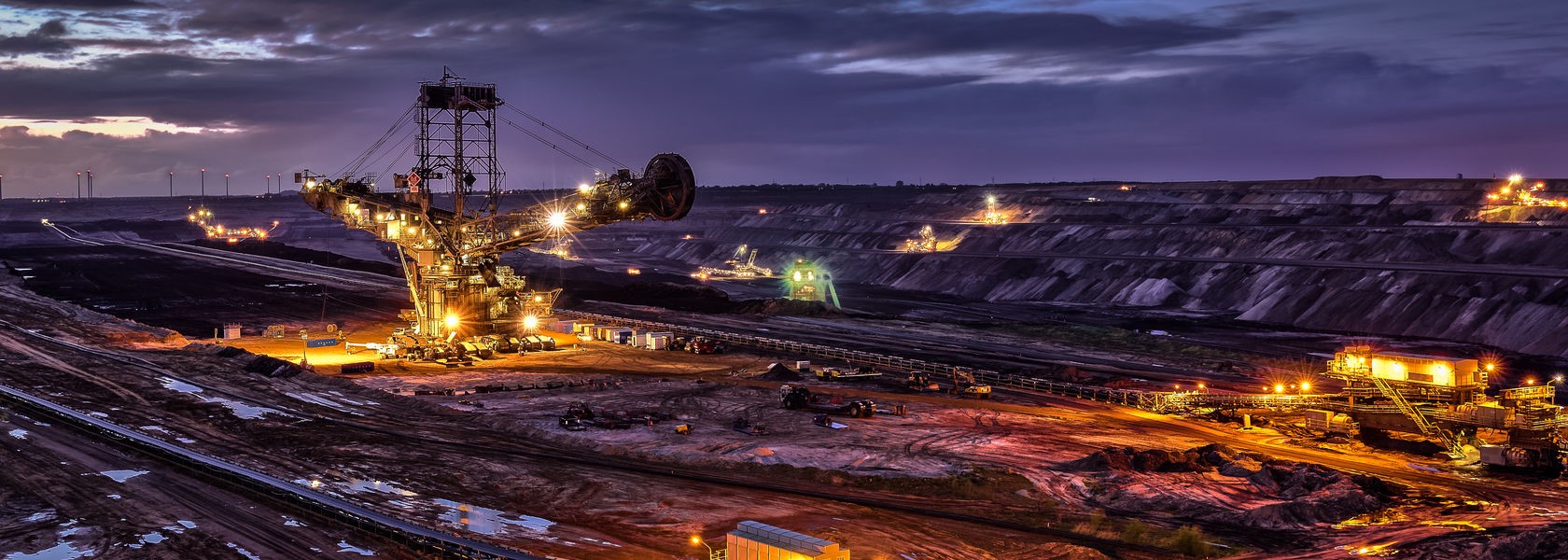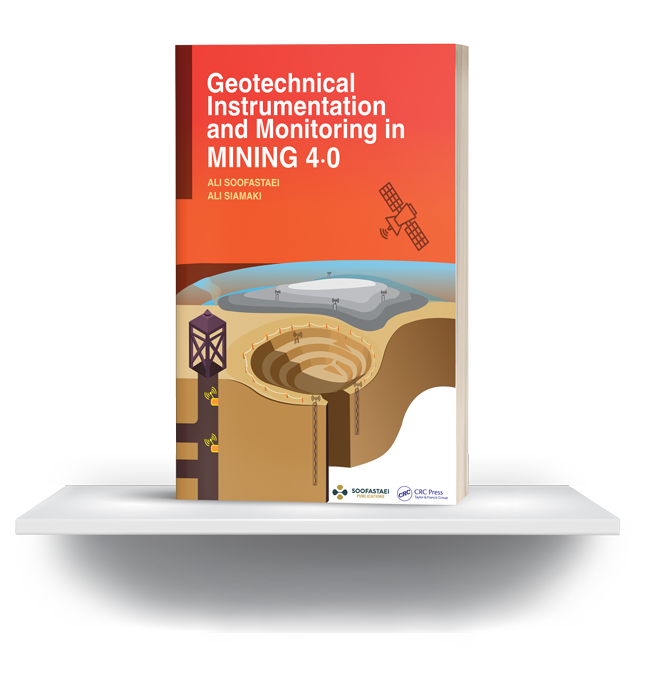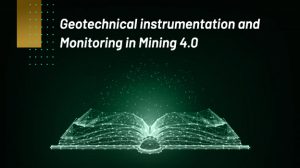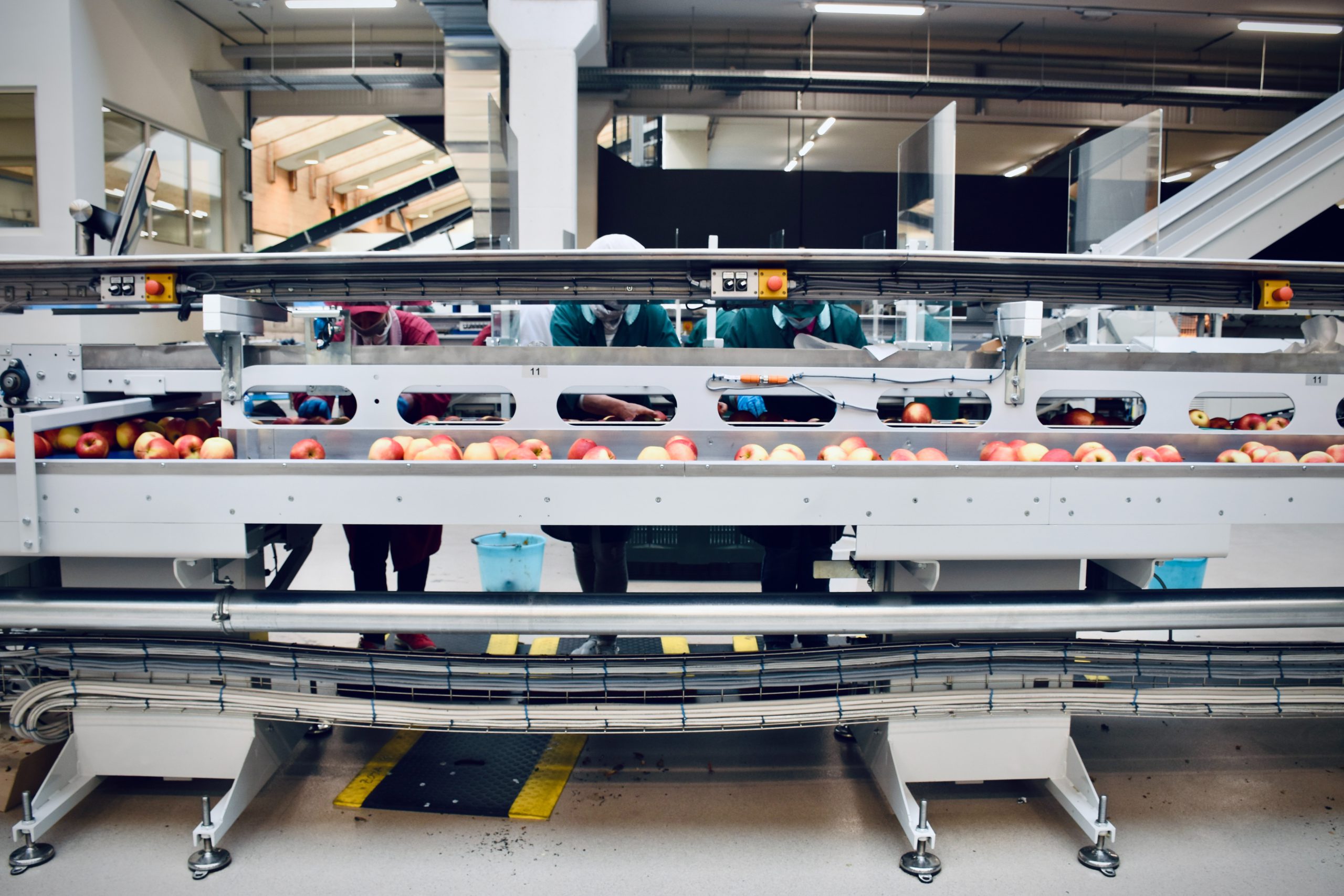

An Invitation for Contribution!
Geotechnical Instrumentation and Monitoring in Mining 4.0
Increasing global demands for minerals pushed mining to go deeper and more challenging geotechnical conditions and stresses. Therefore, the importance of ground behaviour and stress monitoring is getting more attention to guarantee zero harm and stable mines. This book will discuss inground and remote monitoring technologies that can monitor ground behaviour, movements, and stresses and detect major failures before the event.

Increasing global demands for minerals pushed mining to go deeper and more challenging geotechnical conditions and stresses. Therefore, the importance of ground behaviour and stress monitoring is getting more attention to guarantee zero harm and stable mines.
After the Brumadinho dam disaster in Brazil in 2019, which killed more than 300 people, public concerns about mining operations increased, and many different international organizations, including ICMM, asked miners to improve geotechnical monitoring on their sites. As a result, geotechnical instrumentation and monitoring solutions evolved from manual and standalone dataloggers to remote and remote sensing technologies by developing digital technologies.
Monitoring ground behavior in underground mines, as well as surface mines, have been used in the past few decades by various vibrating wire, MEMS, and other types of instruments. The main challenge in these monitoring plans was using manual readouts or standalone data loggers, which increased reading the required time for readings and exposed technicians/engineers to the risk of being in the area under monitoring.
Presence of industry 4.0 provides the opportunity for these instruments to be connected and record and transfer data remotely. Digital makes it possible to have data in near real-time, which enhance the quality of monitoring and decision making. In addition, digital added new technologies in monitoring solutions, including laser and radar-based technologies to remotely monitor mine sites and increase the level of awareness.
Geotechnical Instrumentation and Monitoring in Mining 4.0 book, which will be published by CRC Press, will provide a comprehensive technical and practical reference for the available technologies in monitoring underground and surface mines as well as tailing.
This book will discuss inground and remote monitoring technologies that can monitor ground behaviour, movements, stresses, and detect major failures before the event in eight chapters. These chapters will include lots of case studies and data to make these technologies and applications clearer. The power of data analytics and AI tools in evaluating, analyzing and interpreting recorded data and digital twin tools for providing a powerful visualization and monitoring solution will be presented in the next two chapters. In the last four chapters, it will be discussed the application of presented technologies in surface mines, underground mines, tailings, and mine railway networks.
This book also would be an excellent reference for graduate mining and geotechnical students to familiarize them with the most recent technologies in geotechnical monitoring in mine 4.0 and prepare them for the future of mining. Also, it could be a valuable handbook for mine, geotechnical and ground engineers to educate them about different technologies and help them choose the right one for the mine.
Increasing global demands for minerals pushed mining to go deeper and more challenging geotechnical conditions and stresses. Therefore, the importance of ground behaviour and stress monitoring is getting more attention to guarantee zero harm and stable mines.
After the Brumadinho dam disaster in Brazil in 2019, which killed more than 300 people, public concerns about mining operations increased, and many different international organizations, including ICMM, asked miners to improve geotechnical monitoring on their sites. As a result, geotechnical instrumentation and monitoring solutions evolved from manual and standalone dataloggers to remote and remote sensing technologies by developing digital technologies.
Monitoring ground behavior in underground mines, as well as surface mines, have been used in the past few decades by various vibrating wire, MEMS, and other types of instruments. The main challenge in these monitoring plans was using manual readouts or standalone data loggers, which increased reading the required time for readings and exposed technicians/engineers to the risk of being in the area under monitoring.
Presence of industry 4.0 provides the opportunity for these instruments to be connected and record and transfer data remotely. Digital makes it possible to have data in near real-time, which enhance the quality of monitoring and decision making. In addition, digital added new technologies in monitoring solutions, including laser and radar-based technologies to remotely monitor mine sites and increase the level of awareness.
Geotechnical Instrumentation and Monitoring in Mining 4.0 book, which will be published by CRC Press, will provide a comprehensive technical and practical reference for the available technologies in monitoring underground and surface mines as well as tailing.
This book will discuss inground and remote monitoring technologies that can monitor ground behaviour, movements, stresses, and detect major failures before the event in eight chapters. These chapters will include lots of case studies and data to make these technologies and applications clearer. The power of data analytics and AI tools in evaluating, analyzing and interpreting recorded data and digital twin tools for providing a powerful visualization and monitoring solution will be presented in the next two chapters. In the last four chapters, it will be discussed the application of presented technologies in surface mines, underground mines, tailings, and mine railway networks.
This book also would be an excellent reference for graduate mining and geotechnical students to familiarize them with the most recent technologies in geotechnical monitoring in mine 4.0 and prepare them for the future of mining. Also, it could be a valuable handbook for mine, geotechnical and ground engineers to educate them about different technologies and help them choose the right one for the mine.






